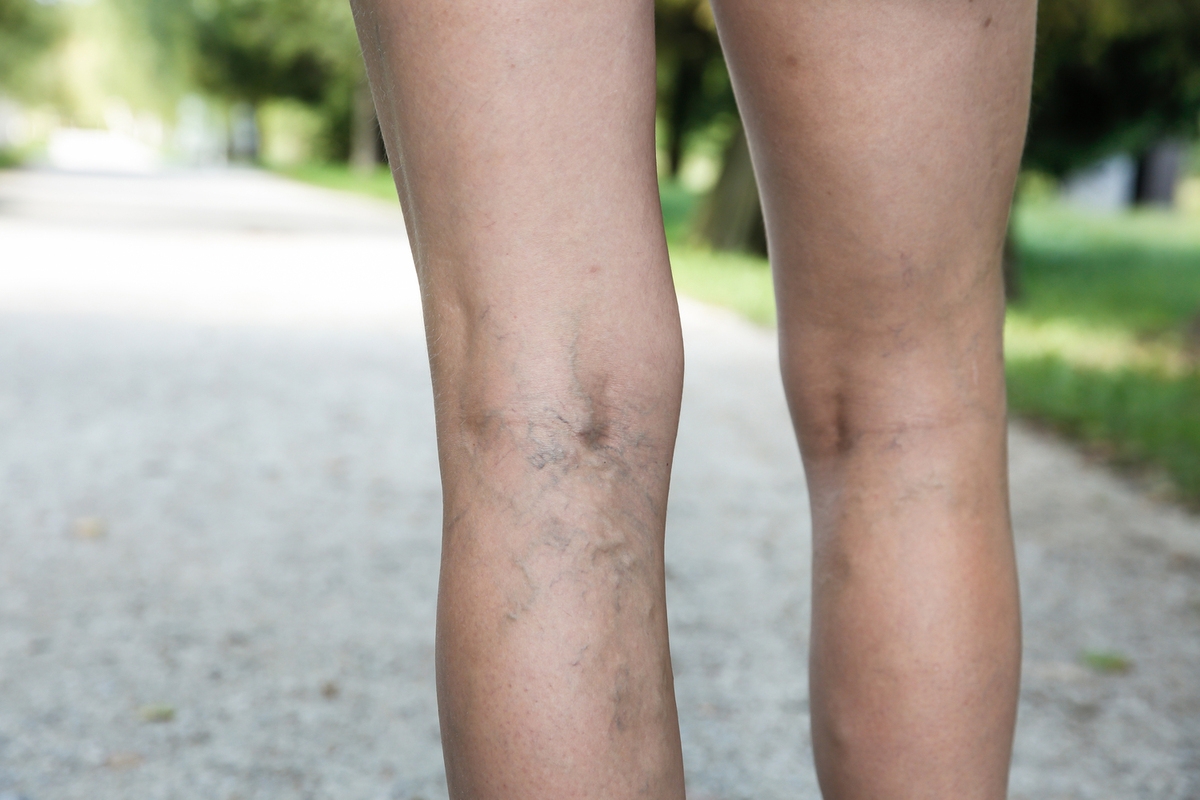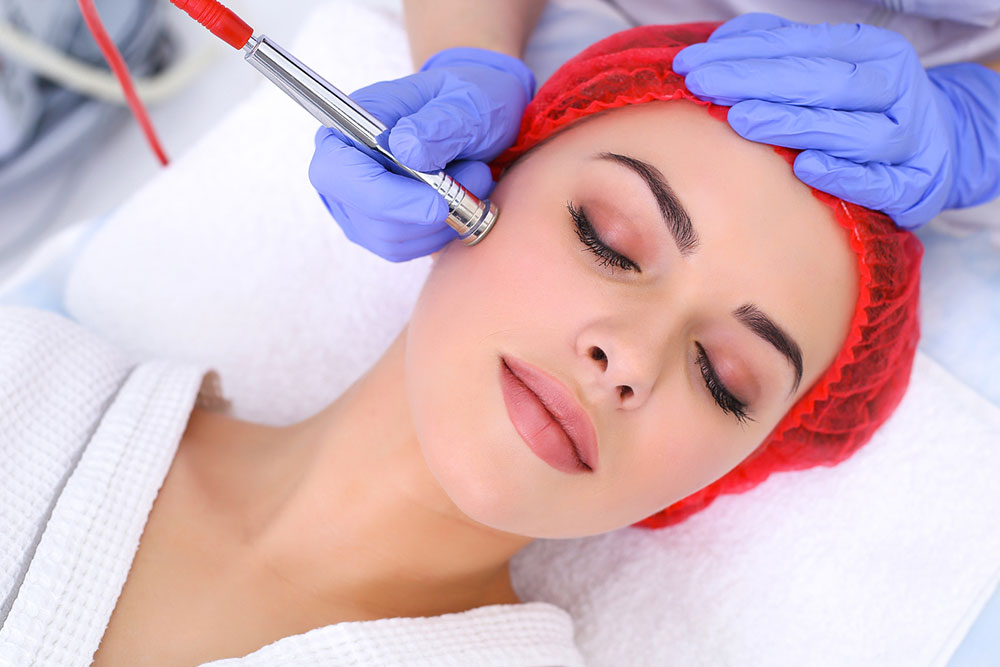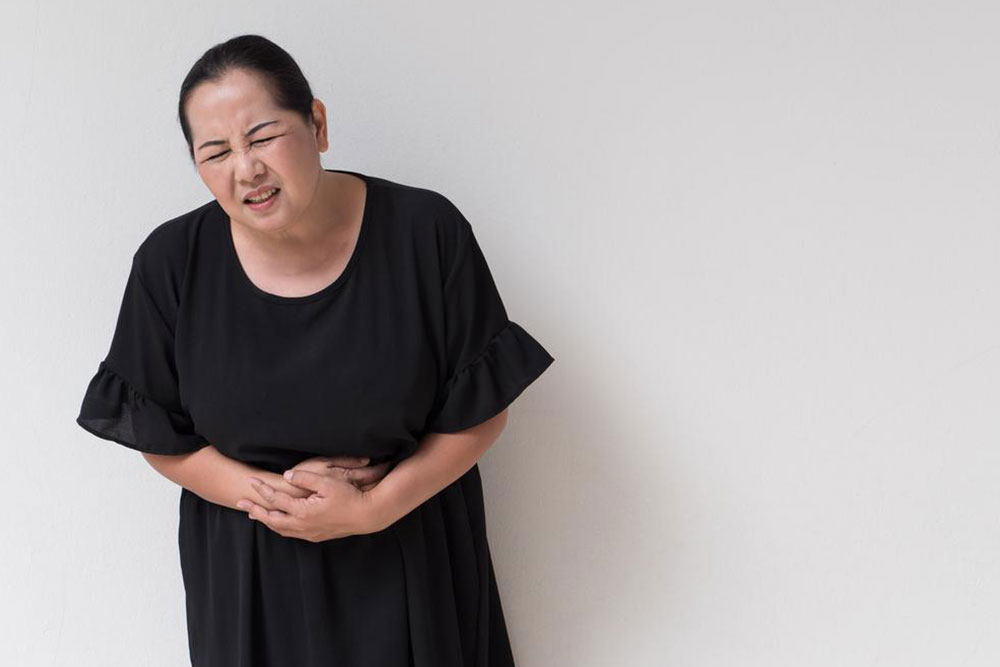Effective Treatments for Spider Veins and Skin Rejuvenation
Discover comprehensive options for treating spider veins and rejuvenating your skin. From minimally invasive procedures like sclerotherapy, laser therapy, and EVLT to preventive tips, this guide offers insight into effective methods for achieving smoother, clearer skin. Consultation with a healthcare professional is recommended to determine the best treatment suited for your needs. Modern techniques make it possible for many people to improve their appearance and comfort, reducing the visibility of spider veins and enhancing skin health.

Effective Treatments for Spider Veins and Skin Rejuvenation
Spider veins, also known as telangiectasias, are small, dilated blood vessels visible on the skin's surface, often appearing as red, purple, or blue web-like lines on the legs and face. While typically harmless, they can be a cosmetic concern and cause discomfort. This article reviews various treatment options to help achieve smoother, clearer skin.
Causes of Spider Veins
Factors such as genetics, aging, hormonal changes (like pregnancy or menopause), prolonged standing or sitting, obesity, and sun exposure contribute to their development. Recognizing these factors assists in prevention and management.
Diagnosis typically involves a physical assessment, with Doppler ultrasound used to evaluate blood flow and rule out other venous conditions such as varicose veins.
Common Methods for Spider Vein Removal
1. Sclerotherapy
This technique involves injecting a solution directly into affected veins, causing them to collapse and fade. It offers a minimally invasive approach with minimal recovery time, though multiple sessions might be needed. Side effects can include swelling or bruising.
2. Laser Treatment
Laser therapy applies focused light to heat and eliminate small veins, making it ideal for facial and delicate vessels. It is non-invasive and typically requires several sessions. Discoloration of the skin may occur as a side effect.
3. Endovenous Laser Therapy (EVLT)
This procedure inserts a laser fiber into larger veins to close them. It provides effective results with rapid recovery, though mild discomfort or bruising may appear.
4. Radiofrequency Ablation (RFA)
Utilizing radio waves to heat and seal off problematic veins, RFA is a minimally invasive option with a high success rate. Side effects might include bruising or numbness.
5. Compression Stockings
Wearing compression stockings helps improve circulation and alleviate symptoms but does not remove existing veins. Some users may find long-term wear uncomfortable.
Prevention Tips
Reduce risk by exercising regularly, maintaining a healthy weight, elevating your legs, wearing compression stockings when necessary, and avoiding prolonged periods of standing or sitting.
Various treatments are available to address spider veins, tailored to individual needs. Consulting a healthcare professional ensures a suitable and effective approach. Advances in medical procedures make achieving smooth, beautiful skin more accessible than ever.
Note:
This article is for educational purposes only. Always seek advice from a licensed healthcare provider for diagnosis and treatment options. Do not depend solely on online information for medical decisions.


